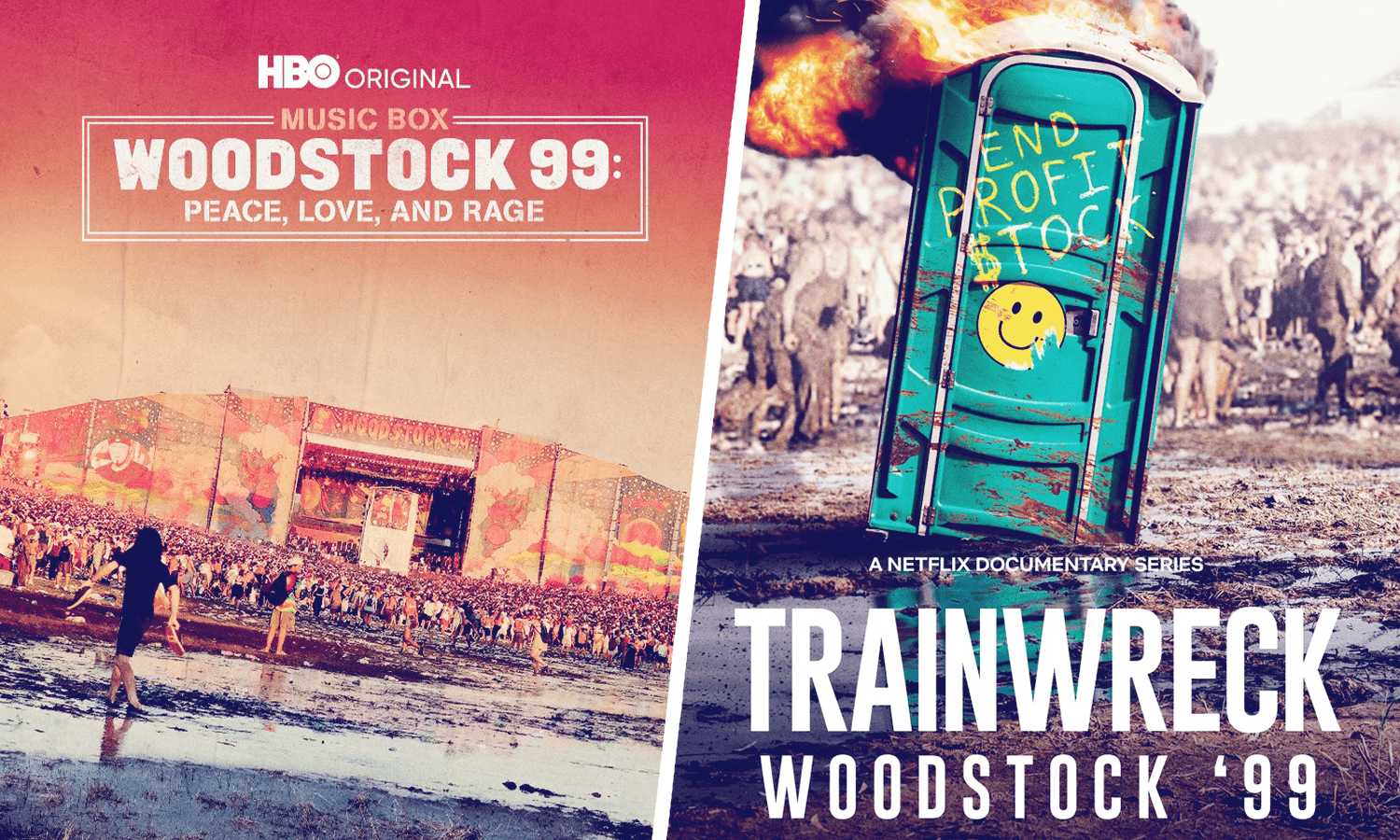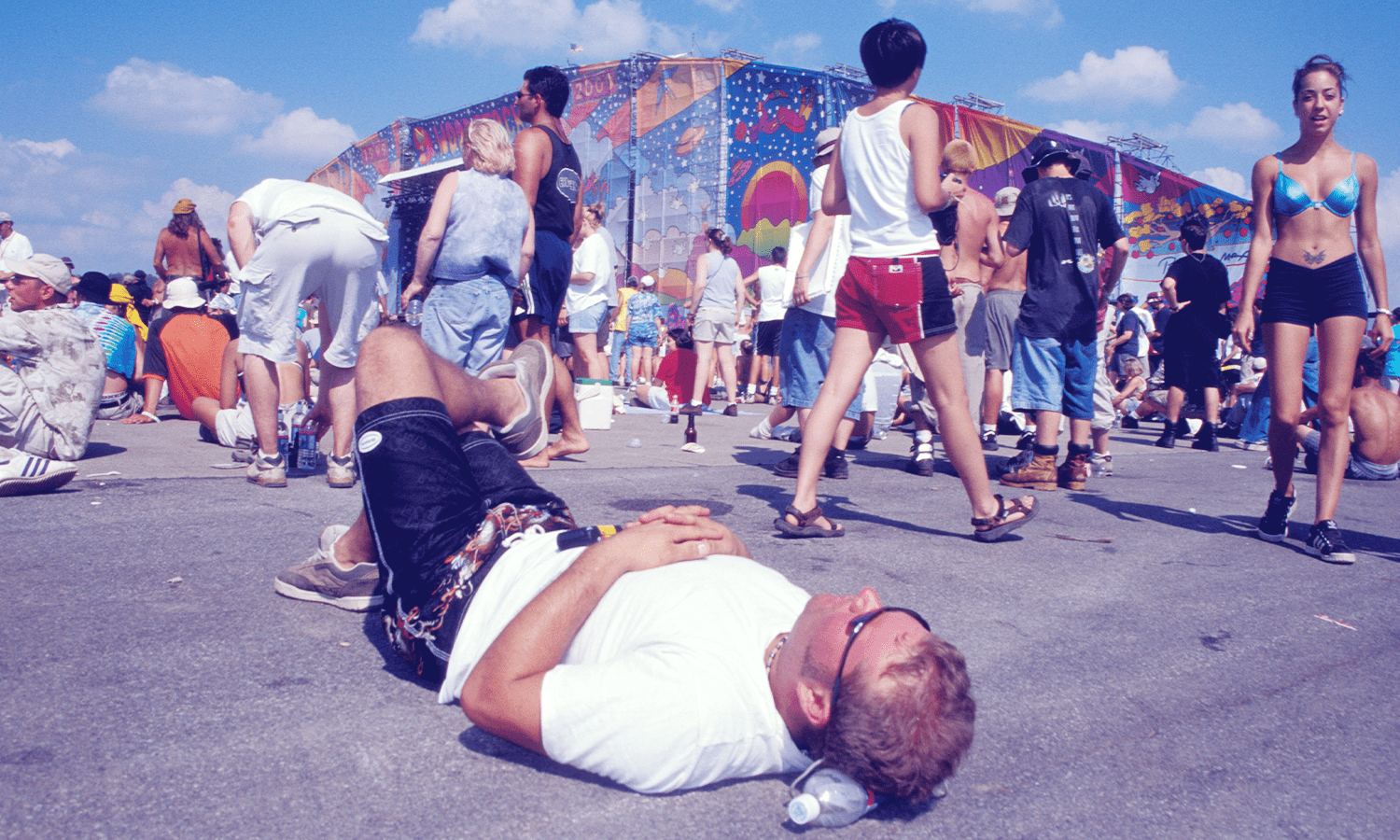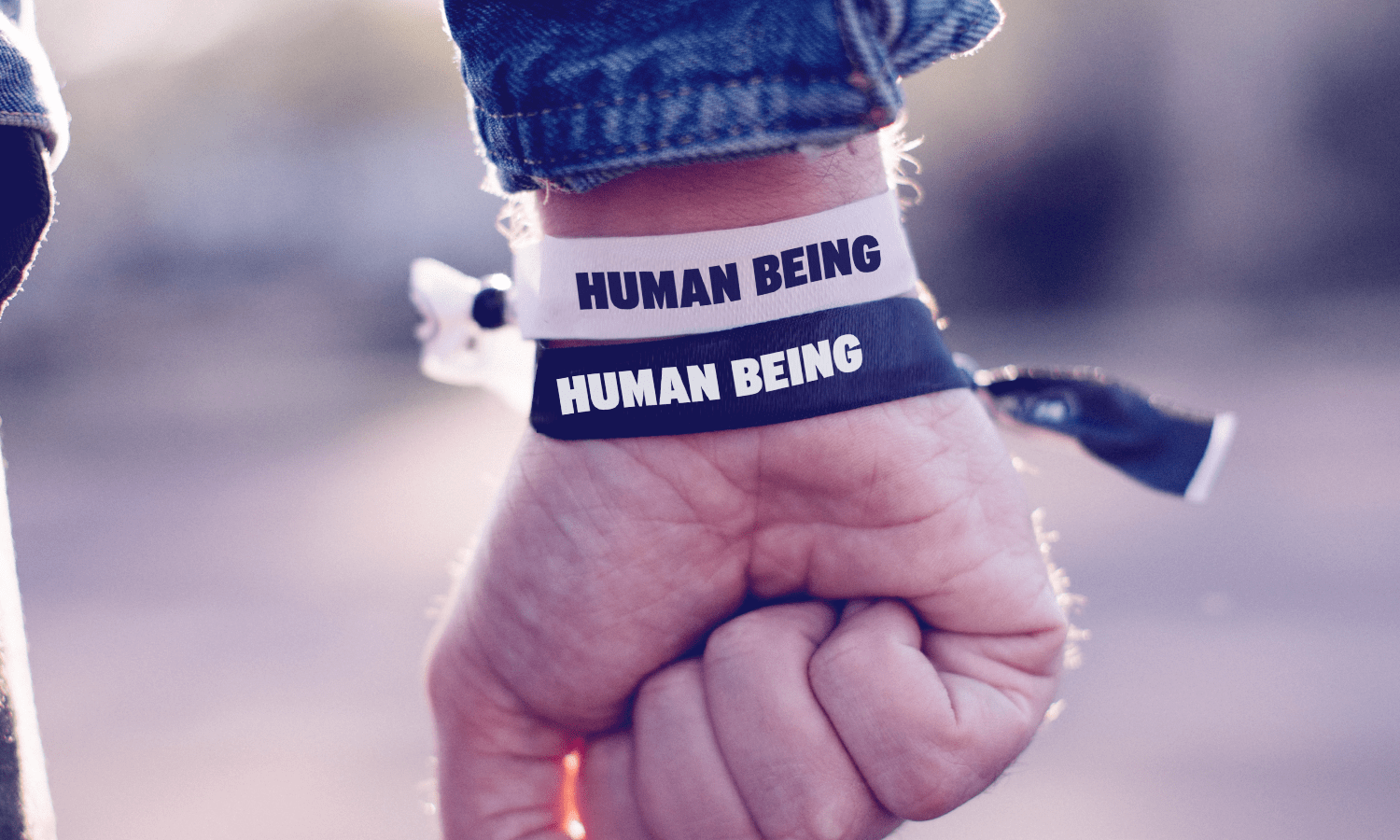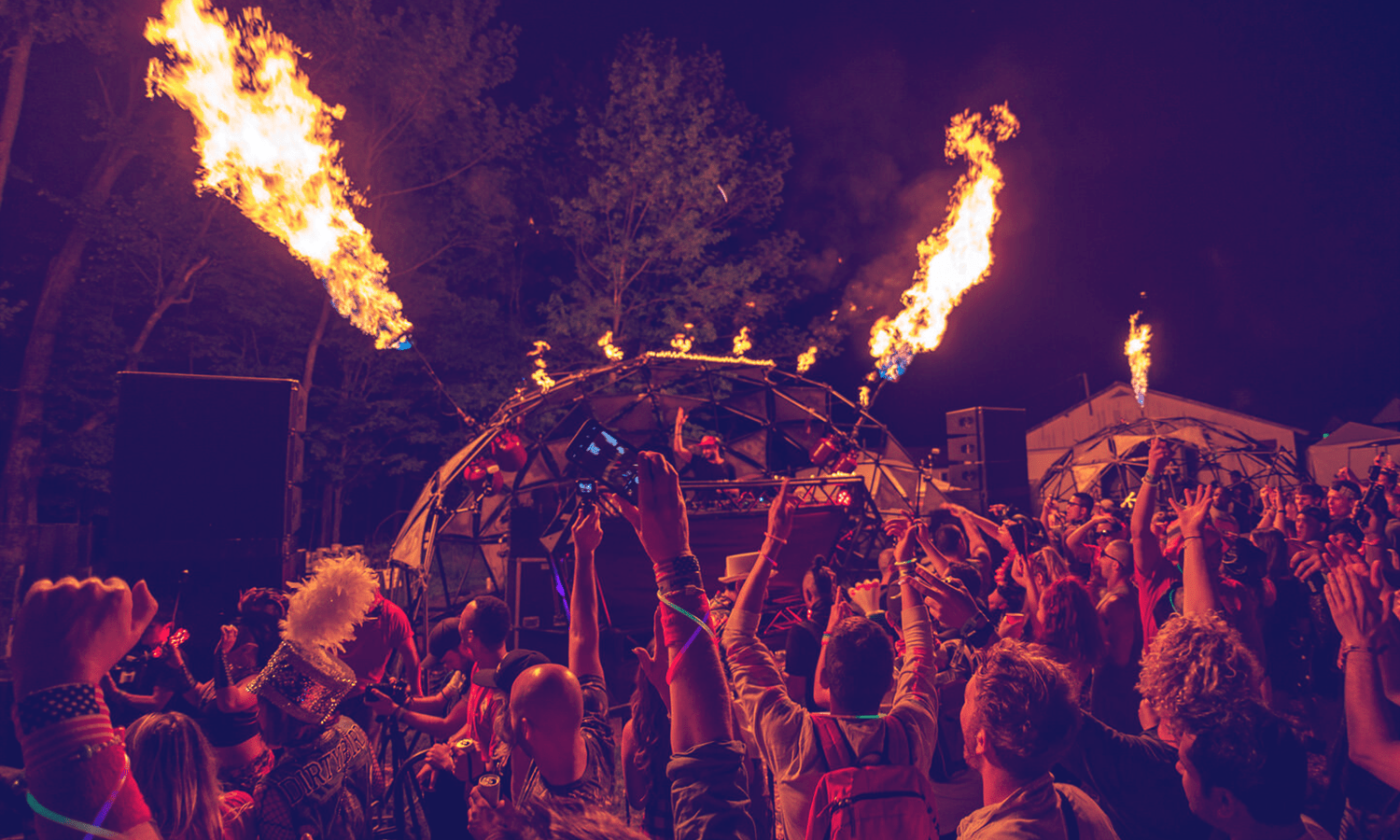Rage against the greed: Experiential lessons from the Woodstock ’99 documentaries

Which music festival do you think of when you hear Woodstock? Your perception of the event may be colored differently depending on your generation. That’s right, I’m “talkin’ bout your generation,” cue The Who. Most of us — from Boomers to Gen Z — imagine the historic Woodstock ’69 festival, with its ethos of peace, love and music, and performances from legendary artists like Janis Joplin and Jimi Hendrix. Now, fast forward three decades to when the sticky-fingered co-founders of the original festival decided to run a victory lap with Woodstock ’99 on the former Griffiss Air Force Base in Rome, NY. This “music festival” (if you can even call it that) was mostly forgotten, except by the Gen Xers who were there or heard stories around the quad from those who survived the experience. That is, until two streaming platforms decided to bring the horrors of one weekend in July 1999 back into the spotlight and reexamine WTF happened from a post-#MeToo vantage point. In July of 2021, HBO released a nearly two-hour documentary, Woodstock ’99: Peace, Love, and Rage. Then, this past August, Netflix released a three-episode docu-series, Trainwreck: Woodstock ’99. https://www.youtube.com/embed/h62RmIsx6MA https://www.youtube.com/embed/Tm5uUzbUwR4 Thanks to these descriptive and...


